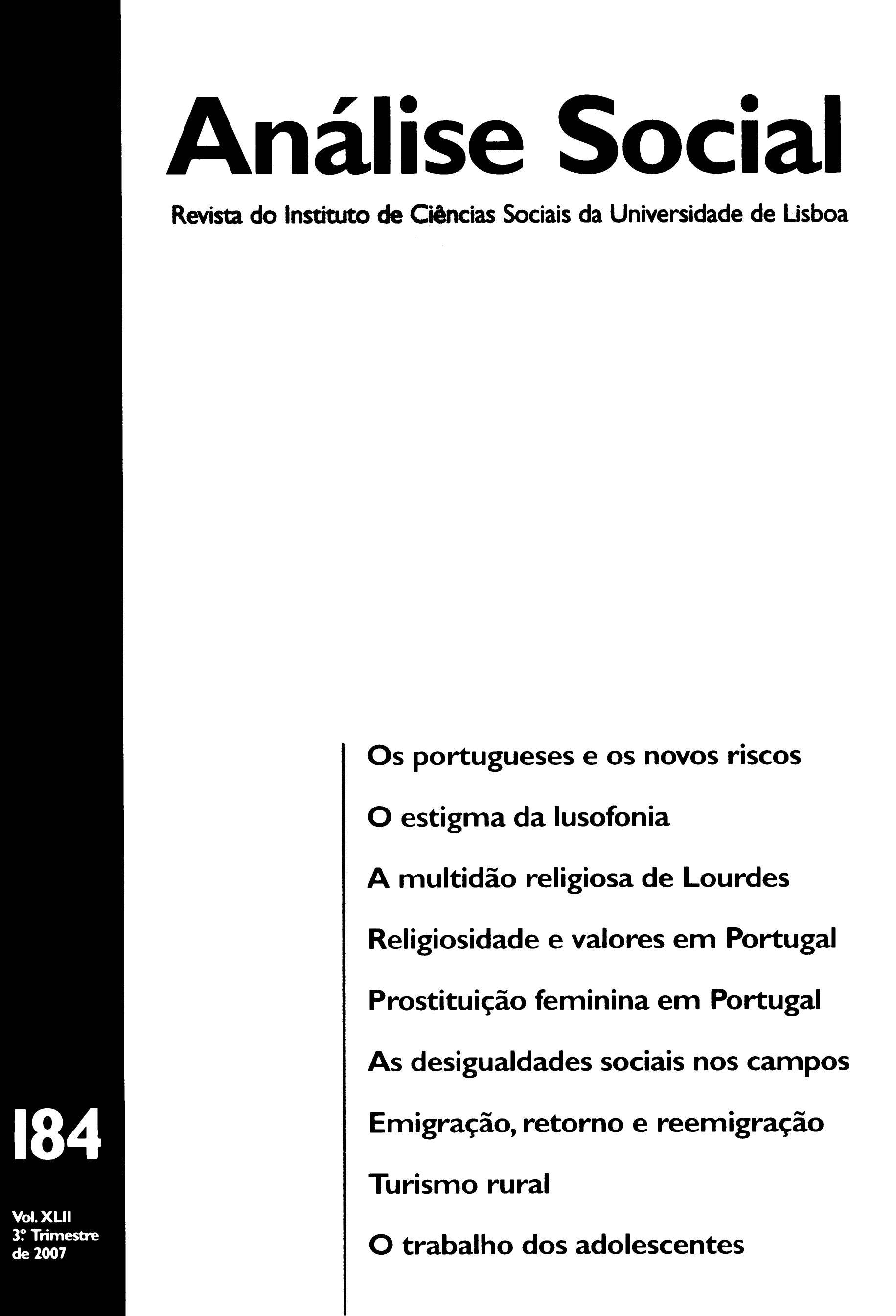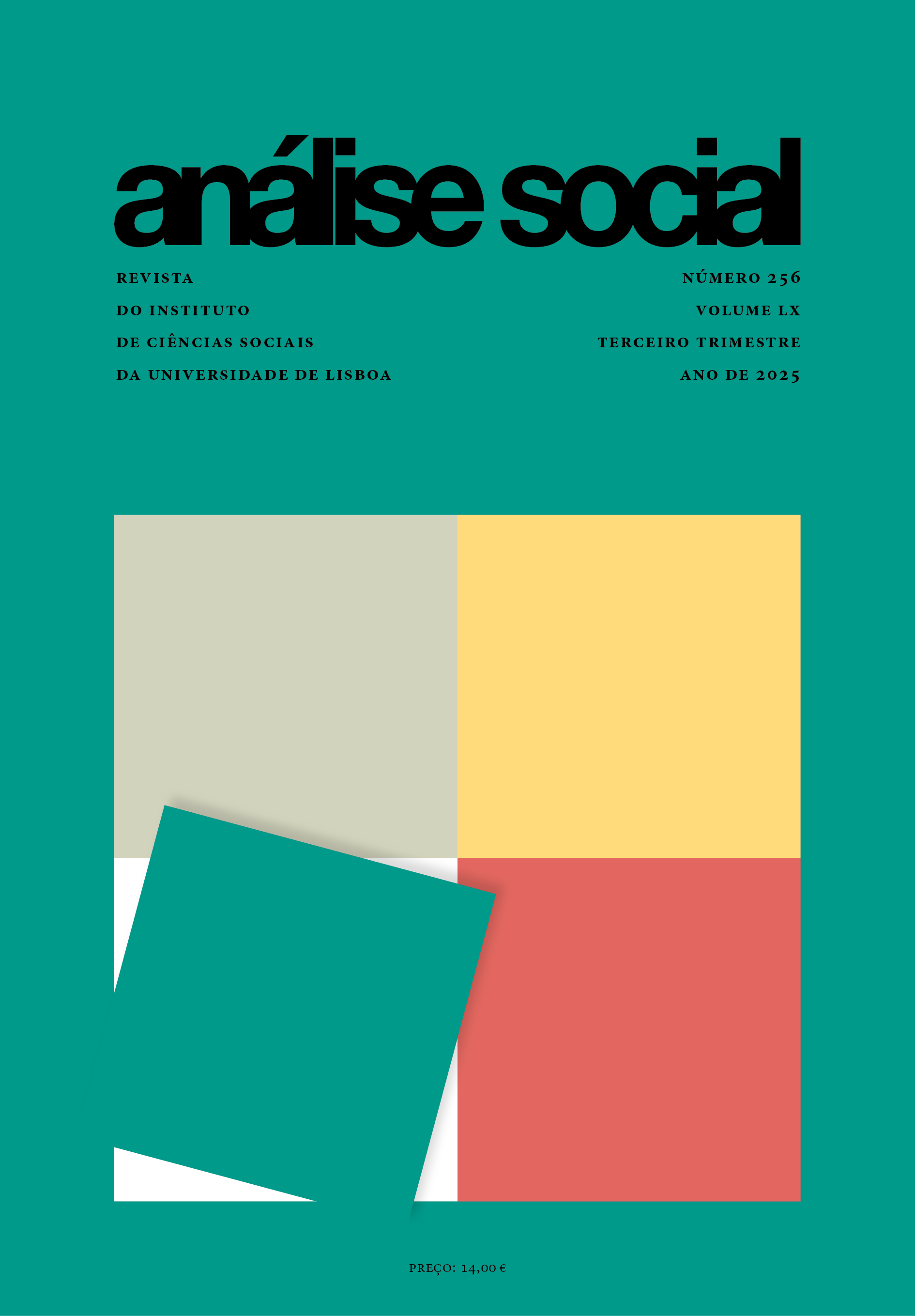A multidão religiosa de Lourdes em Zola e Huysmans
DOI:
https://doi.org/10.31447/AS00032573.2007184.03Palavras-chave:
multidão, Lourdes, literatura, religião, sociologiaResumo
Em Lourdes (1894), Émile Zola estabelece o modelo da multidão pacífica disponível para uma «nova religião» de justiça e felicidade, mas também disponível para um meneur conservador. Pioneiro no estudo da multidão por este prisma, Zola antecipa uma mudança de tom dos estudiosos da multidão do final do século XIX, como G. Tarde e G. Le Bon. Em Multidão de Lourdes (1906), J.-K. Huysmans consolida o conceito, mas integra-o no catolicismo. Este ensaio pretende devolver à multidão religiosa da sociedade industrial e cosmopolita o lugar que lhe coube na reflexão da época sobre o fenómeno da multidão.
Downloads
Não há dados estatísticos.
Downloads
Publicado
2007-09-30
Como Citar
Cintra Torres, E. (2007). A multidão religiosa de Lourdes em Zola e Huysmans. Análise Social, 42(184), 733–755. https://doi.org/10.31447/AS00032573.2007184.03
Edição
Secção
Artigos



